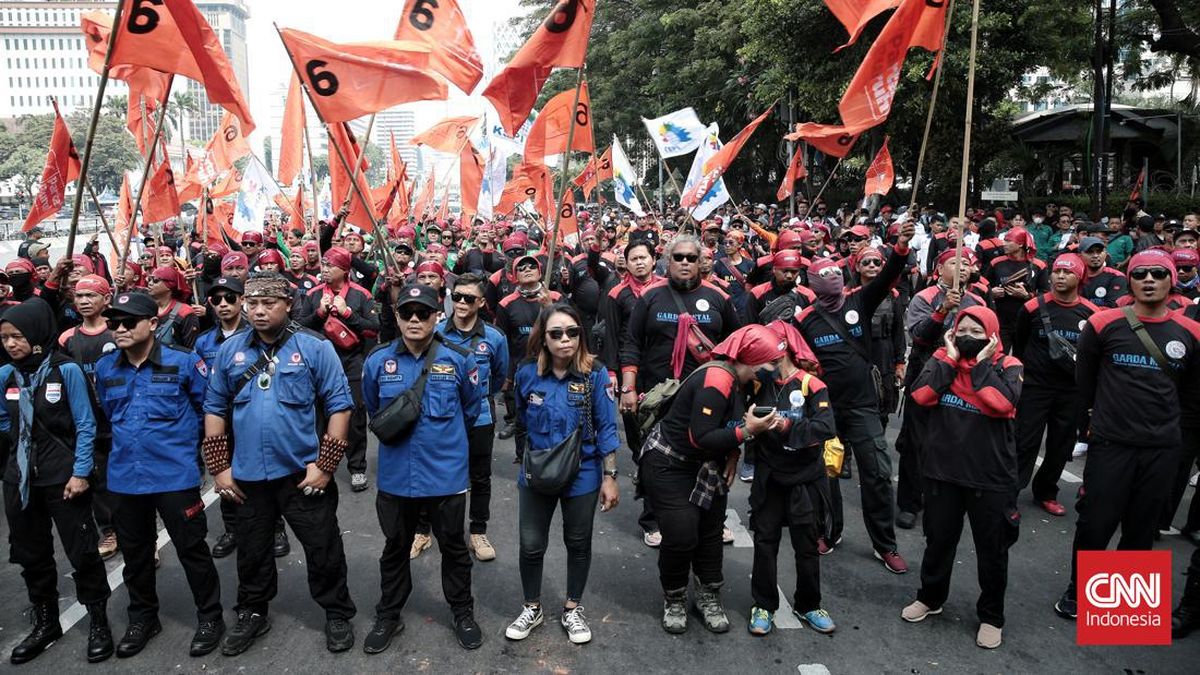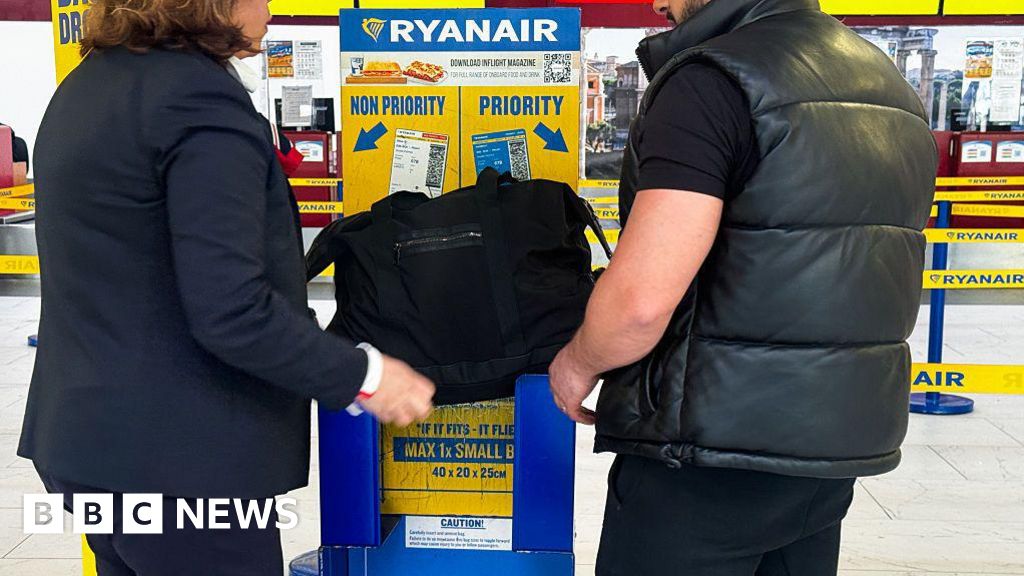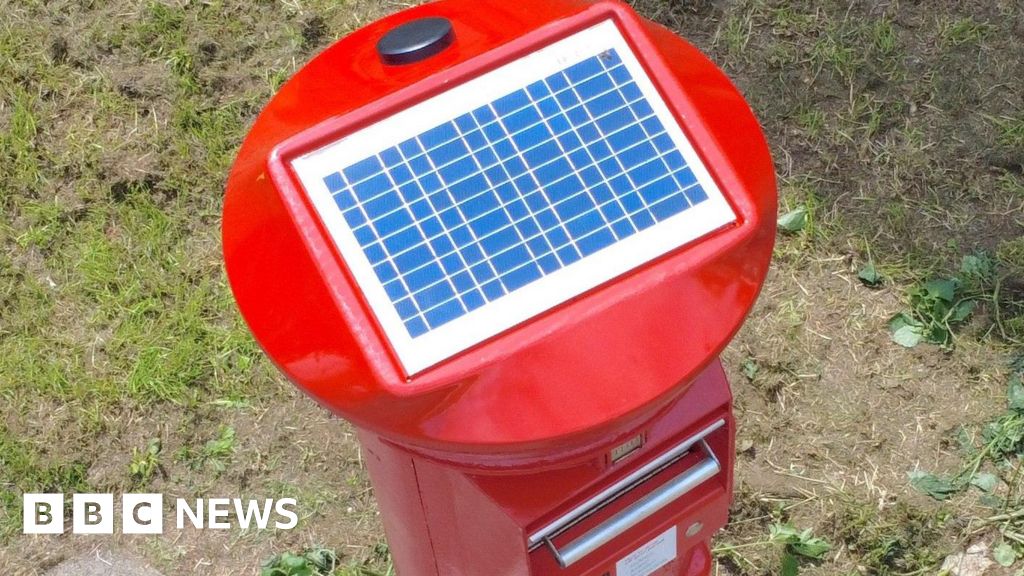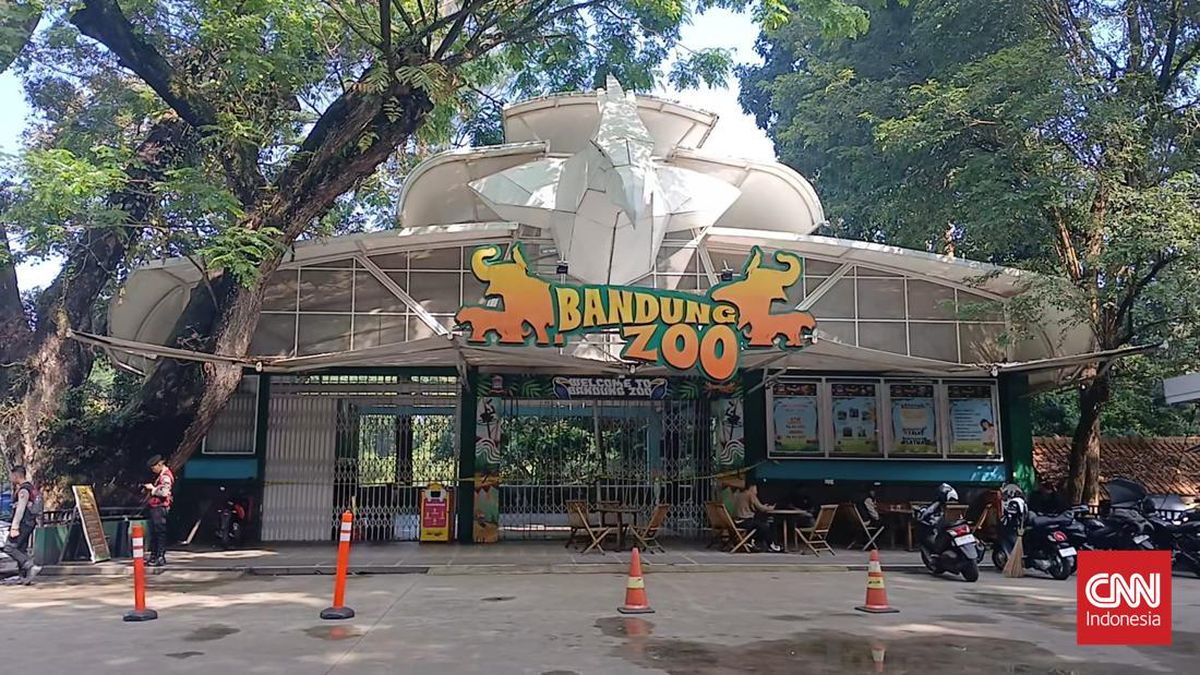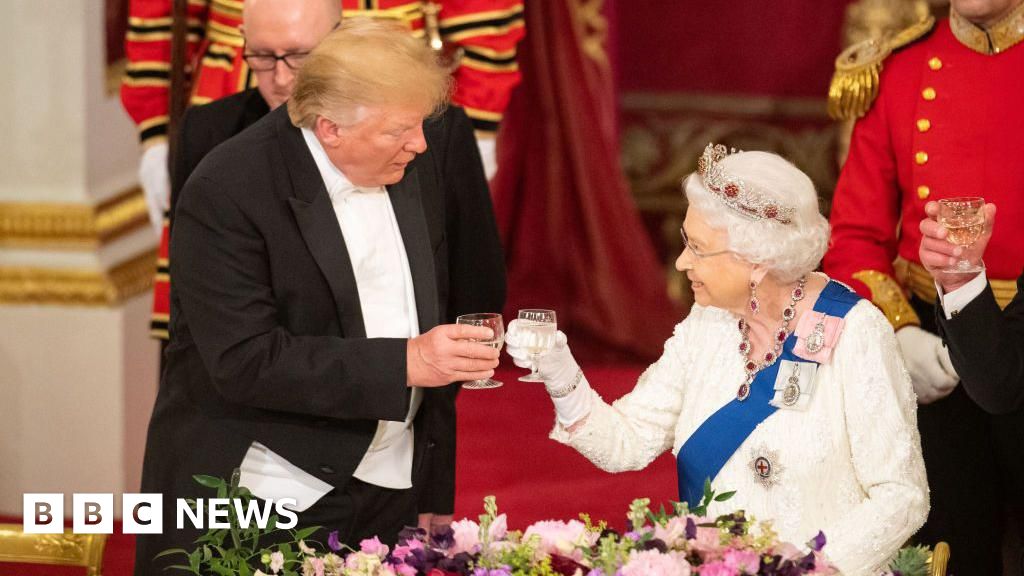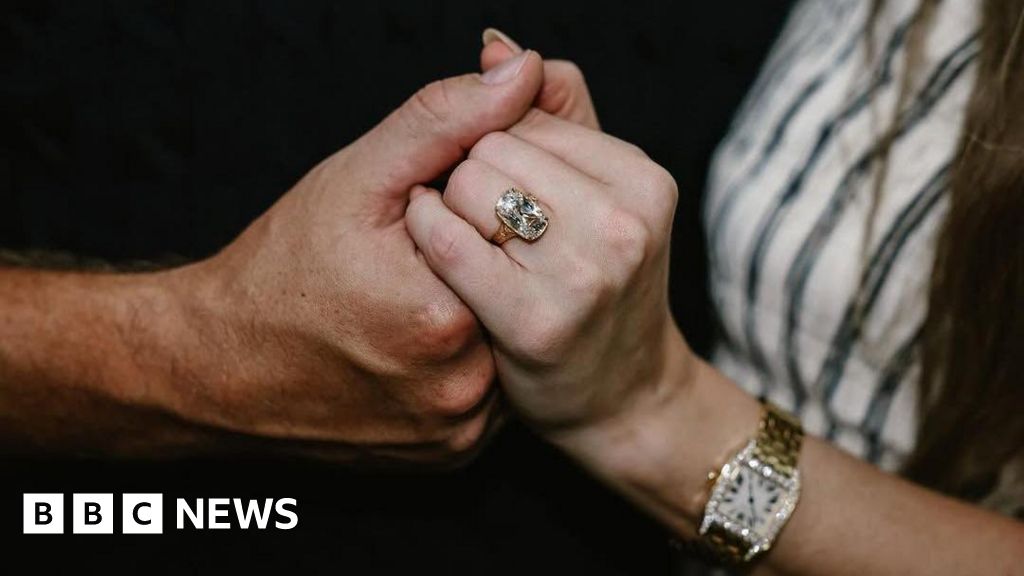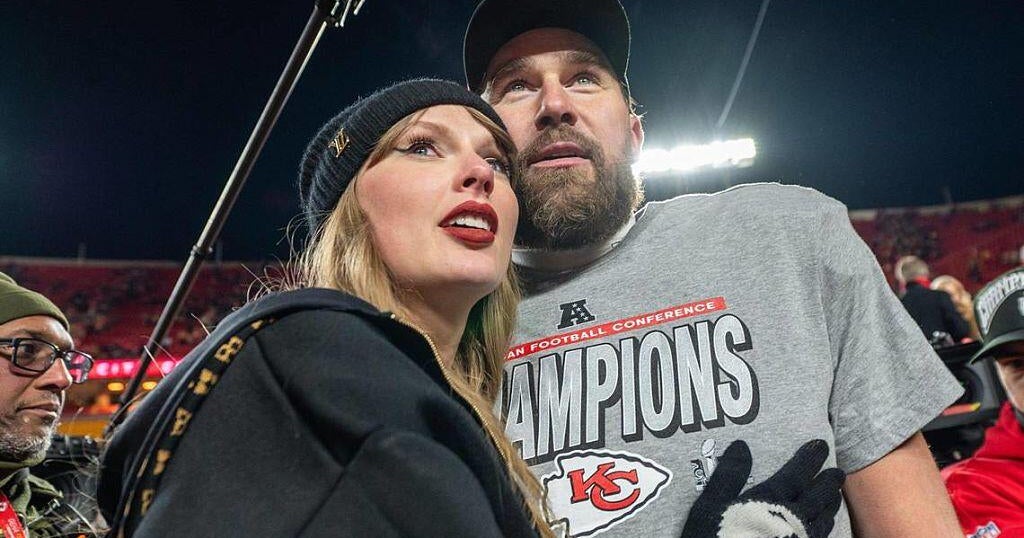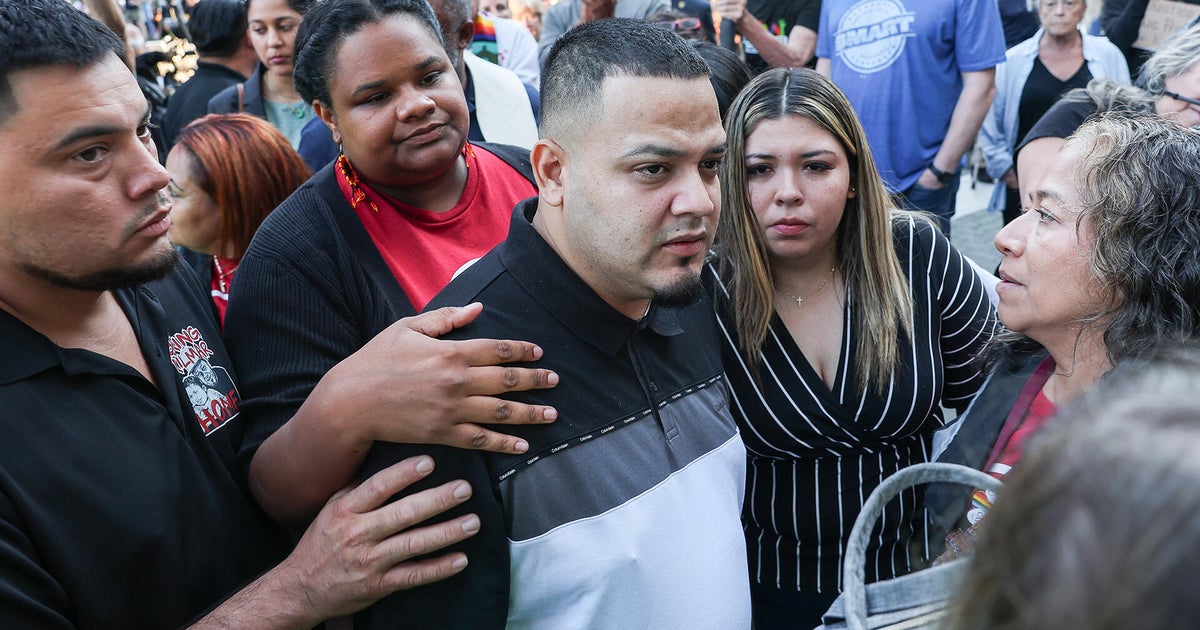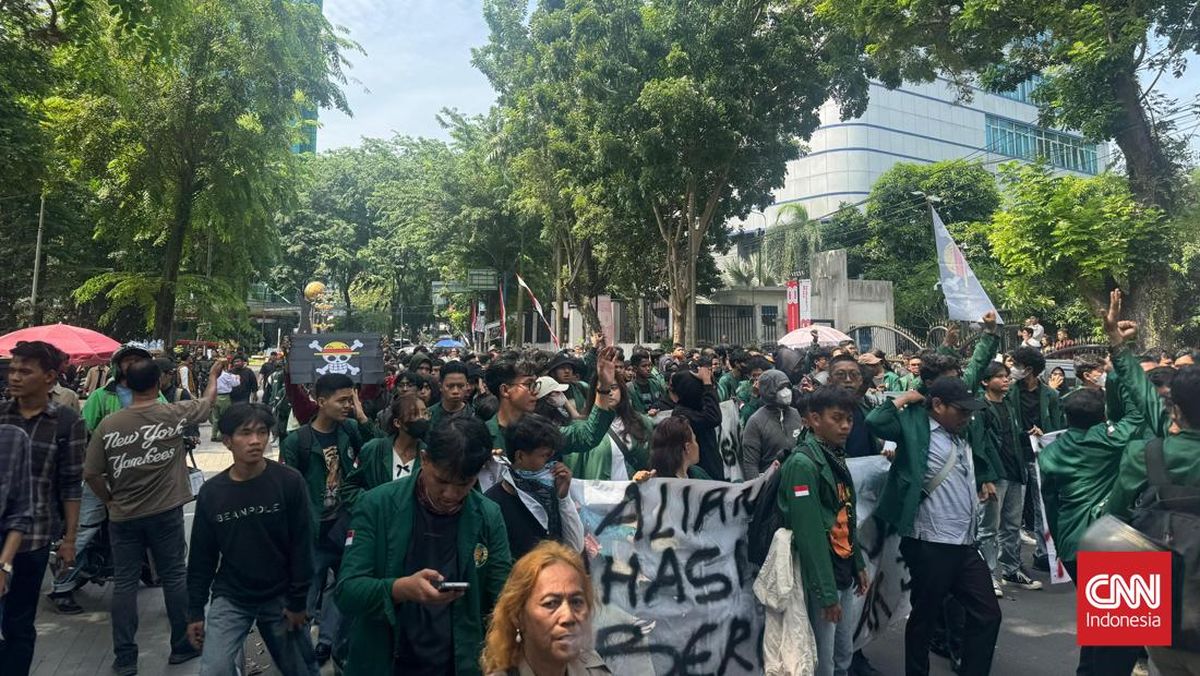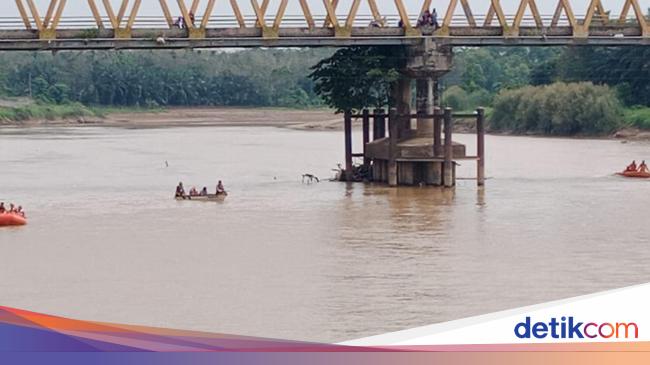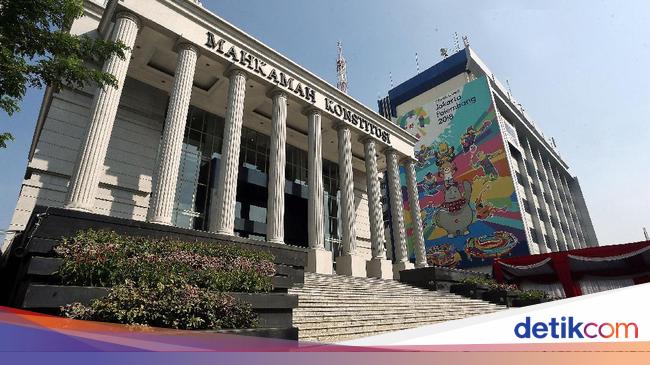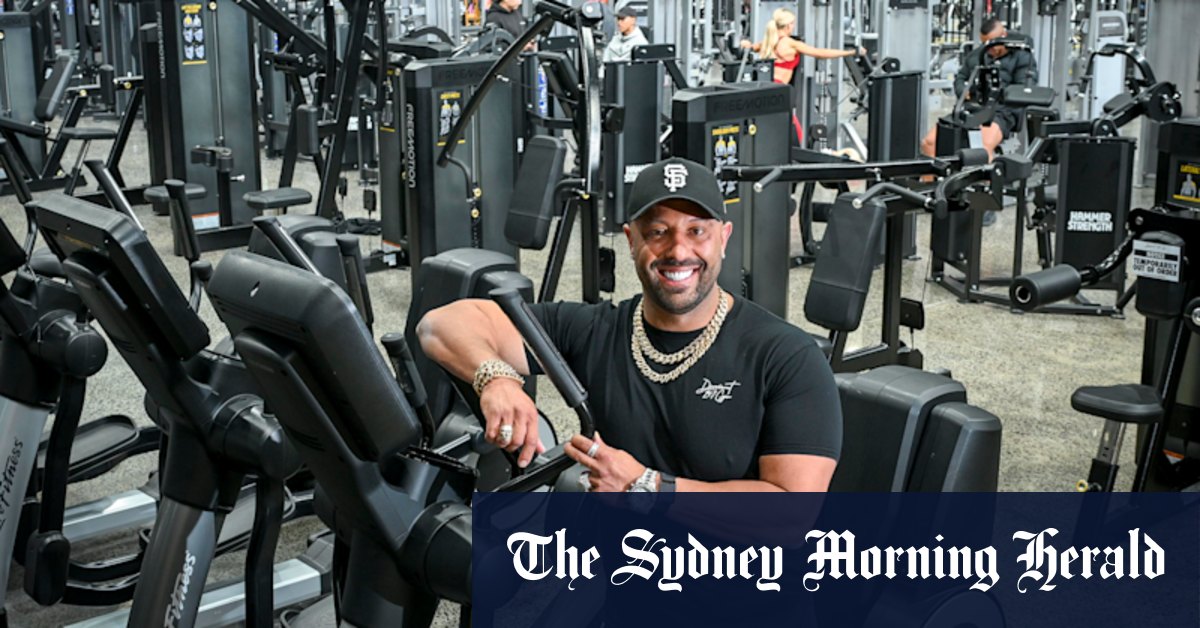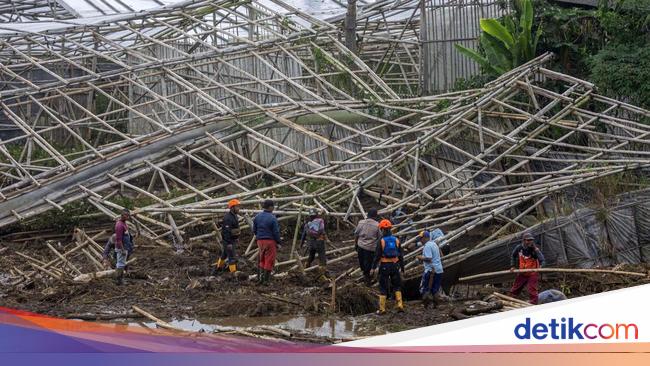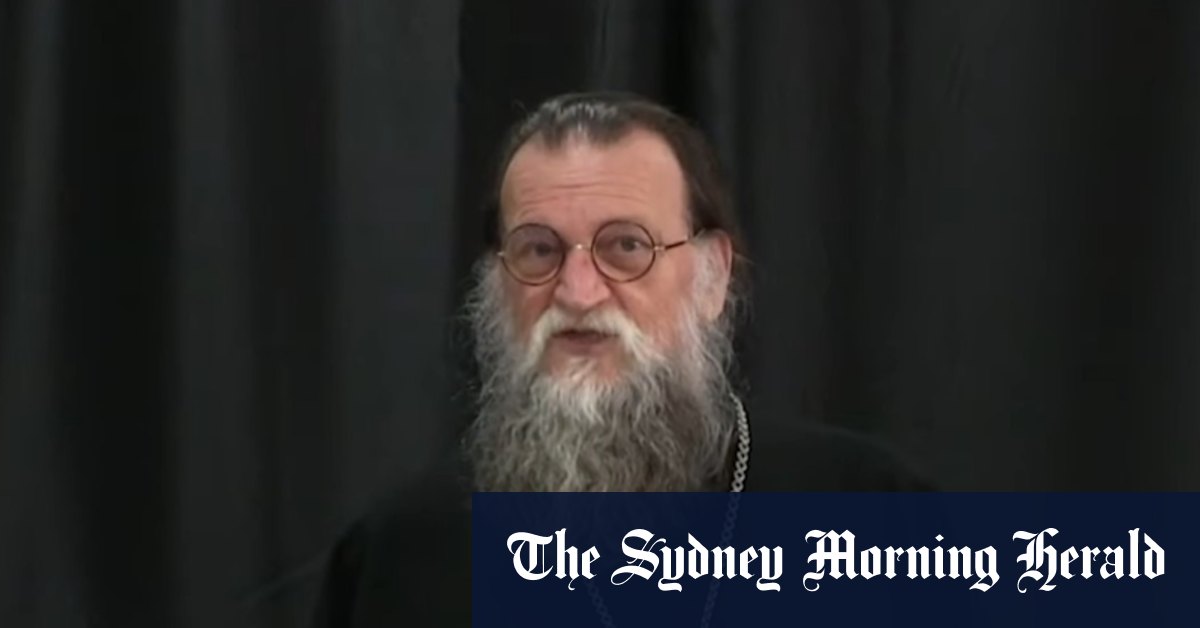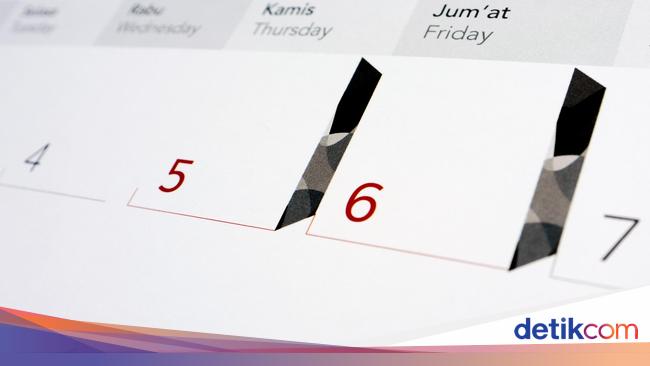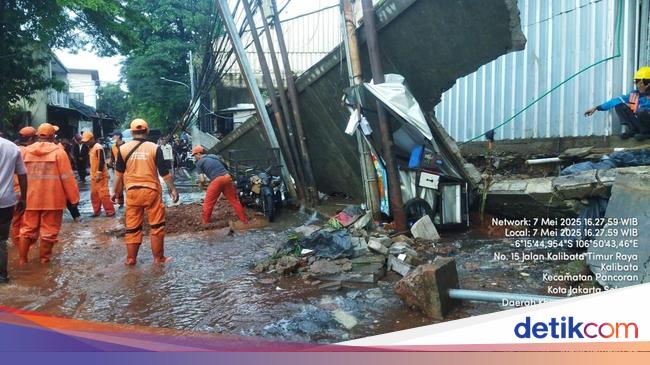Its address remains a secret, but somewhere at the base of the Blue Mountains sits a remote facility surrounded by bushland. A maximum-security fence topped with razor wire stretches around the 10-hectare site, but unless you’re one of the researchers who work there, you wouldn’t be able to find it.
The site is hidden for a reason: to protect 114 bodies.
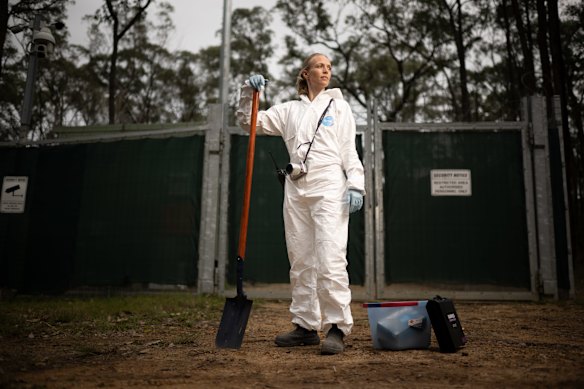
Dr Maiken Ueland, director of AFTER, at the hidden facility located at the base of the Blue Mountains.Credit: Wolter Peeters
The Australian Facility for Taphonomic Experimental Research (AFTER) – the “body farm” – is the first of its kind in the southern hemisphere. Operating as a body donation centre and run by University of Technology Sydney, the facility’s primary aim is to study the physical, chemical and biological aspects of human decomposition.
The donors either consent to taphonomic research before their death, or are donated to the facility by a senior next of kin. Some of the bodies are buried on the site, while others have been left exposed to the elements or used for scenario-based studies, such as concealing a body in a vehicle.
Nearly a decade since it was established and a total of 146 donated bodies later, the team at AFTER has made a number of discoveries. Among them is how pigs decompose differently in the same environment in comparison to humans.
It may sound strange, director of AFTER Dr Maiken Ueland said, but it’s only because this type of taphonomic research (the study of organic remains from the time of death to the time of discovery) has been done largely with animals in the past, which meant researchers were unsure if the data derived from the animals studies could be applied accurately to human criminal cases. But now, thanks to AFTER’s research, there’s more information on how human bodies decompose in Australia and, importantly, how bodies can be found.
“We also found that there are differences in the way that a human, as it’s breaking down chemically, smells like compared to what a pig does,” she said, calling it “the smell of death”.
“That has consequences for say, for example, [the] training of scent-detection dogs and developing new technologies that can search for individuals that are presumed deceased over various time periods.”
Before AFTER was created in 2016, the study of human decomposition was predominantly conducted in the United States. But Australia’s climate and ecological diversity meant there was a need to open a facility that could be better suited to serving local law enforcement needs.
Loading
The research centre, whose partners include the Australian Federal Police, NSW Police and Victoria Police, regularly simulates crime scene scenarios to assist with investigations and recreates disasters, such as a building collapsing, as a training event for law enforcement agencies. Ueland hopes the facility’s future will also include replicating indoor crime scenes.
AFTER is the best of both worlds for Ueland, who grew up in Norway spoon-fed on Scandinavian crime and originally wanted to be a detective, but always had a love for science.
“This is really a role where I get to combine both and also make a difference, which really makes it a joy to wake up every day.”
The Sydney Morning Herald has opened a bureau in the heart of Parramatta. Email [email protected] with news tips.
Most Viewed in National
Loading


